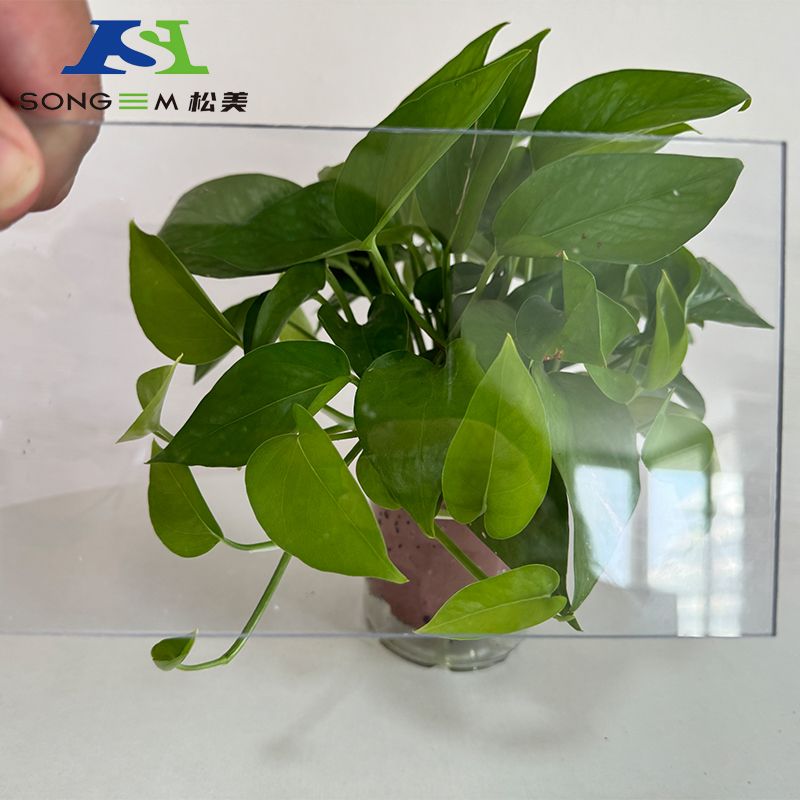What is the Life Expectancy of a Solid Sheet?
When searching for information regarding the lifespan of solid sheets, we find that their life expectancy largely depends on material types, environmental conditions, and usage situations. Solid sheets, such as acrylic, polycarbonate, and PVC, are widely used in various industries from construction to manufacturing, making it crucial to understand their expected lifespan for ensuring durability.
Factors Influencing the Life Expectancy of Solid Sheets
The lifespan of a solid sheet can be affected by numerous factors such as the type of material, exposure to elements, and the conditions under which they are used. Below are some significant aspects that affect durability:
Material Composition: The durability of different materials can vary. For instance, acrylic sheets generally have a longer lifespan against UV rays than other plastic variants, while polycarbonate sheets offer superior impact resistance but might degrade quicker in intense UV exposure.
UV Exposure: Consistent exposure to UV radiation can lead to material degradation, causing issues like discoloration, loss of structural integrity, and increased brittleness. The application of protective coatings can significantly prolong the life of solid sheets that are frequently exposed to sunlight.
Environmental Conditions: Factors like extreme temperatures, humidity, and chemical exposure can impact material longevity. Solid sheets intended for outdoor or industrial use must exhibit resilience against such environmental challenges to ensure lasting performance.
Thickness and Size: The thickness of solid sheets contributes to their overall durability. It’s generally observed that thicker sheets have a longer lifespan as they’re less susceptible to wear and damage. For example, a 5mm solid sheet is likely to demonstrate greater durability compared to a 3mm solid sheet due to its enhanced structural integrity.

Typical Lifespan Ranges for Solid Sheets
Acrylic Sheets: Typically exhibit a lifespan of 10-20 years, influenced by environmental factors and whether they are treated with UV-protective coatings.
Polycarbonate Sheets: Generally last around 10-15 years, although this may fluctuate based on thickness and protective applications.
PVC Sheets: Usually have a lifespan of 5-10 years under standard conditions, with longevity enhanced when shielded from UV rays.
Selecting the Best Thickness for Longer Lifespan
Choosing solid sheets of the appropriate thickness is crucial for achieving maximum durability. A 5mm solid sheet may resist wear and UV degradation better than a thinner 4mm solid sheet. For those seeking a balance between flexibility and durability, a 3mm solid sheet could be a suitable option for less demanding tasks.
To make a well-informed decision regarding thickness, contemplate the intended usage and environmental factors. For more extended and reliable performance, opting for a thicker solid sheet is recommended, especially in outdoor and industrial situations.
Conclusion
In summary, the life expectancy of a solid sheet is influenced by several elements including material choice, environmental conditions, and thickness. To secure the maximum lifespan for your applications, it's vital to select the appropriate material and thickness, such as a 5mm solid sheet for enhanced resilience or a 3mm solid sheet for a more flexible alternative. For additional insights, you can explore various options like 5mm solid sheet, 4mm solid sheet, and 3mm solid sheet tailored for specific applications.
- Previous: Acrylic plate is usually used in what industry field
- Next: None


